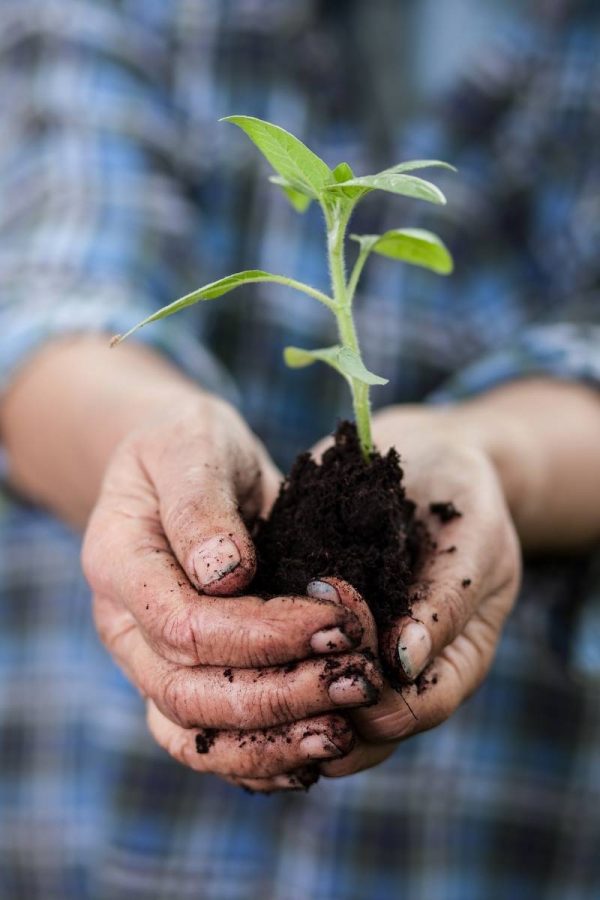Phosphorus is essential to good soil health—and crop health! Learn how to organically increase the amount of phosphorus in your soil here.
There are three macronutrients gardeners need to stay on top of—NPK, or nitrogen, potassium, and phosphorus—and while a lot of folks focus on nitrogen, it seems like phosphorus is never at the top of gardener’s minds.
We’re here to help teach you why phosphorus is something you need to stay on top of! Let’s get your levels in check.

Table of Contents
What is the very best way to add phosphorus to my garden?
Looking for the quick and easy answer? No problem. We like adding either bonemeal or fish meal to our soil for a quick correction of soil P levels. Or, we use a kelp (AKA: seaweed) liquid foliar fertilizer.
Growfully Protip
Looking for a quick and easy cheat sheet with all of these possible phosphorus amendments? We have you covered.
Why do plants need phosphorus?
Whereas nitrogen is the main fuel for overall plant growth, phosphorus’s main goal is to help in the formation of new tissue. This manifests in a number of ways—from helping plants to grow a strong root system to helping your plants grow numerous side shoots, which can produce more fruits and veggies.
Phosphorus is also helpful in helping a plant weather variations in moisture and temperature (in particular, it helps plants be more cold hardy).

Signs of a phosphorus deficiency
Spotting a phosphorus deficiency can be tricky. Stunted growth and weak plants are signs that your soil needs more phosphorus, but if you don’t have healthy plants to compare to, this can be hard to pick up on early enough.
While stunted plant growth is the main sign, you may also notice your plants are dark green in color (both the leaves and the stems). Some may even show a reddish-purplish tint. Unfortunately, both of these symptoms can also be signs of other plant problems (or in some cases a perfectly healthy and normal characteristic of the plant variety you are growing).
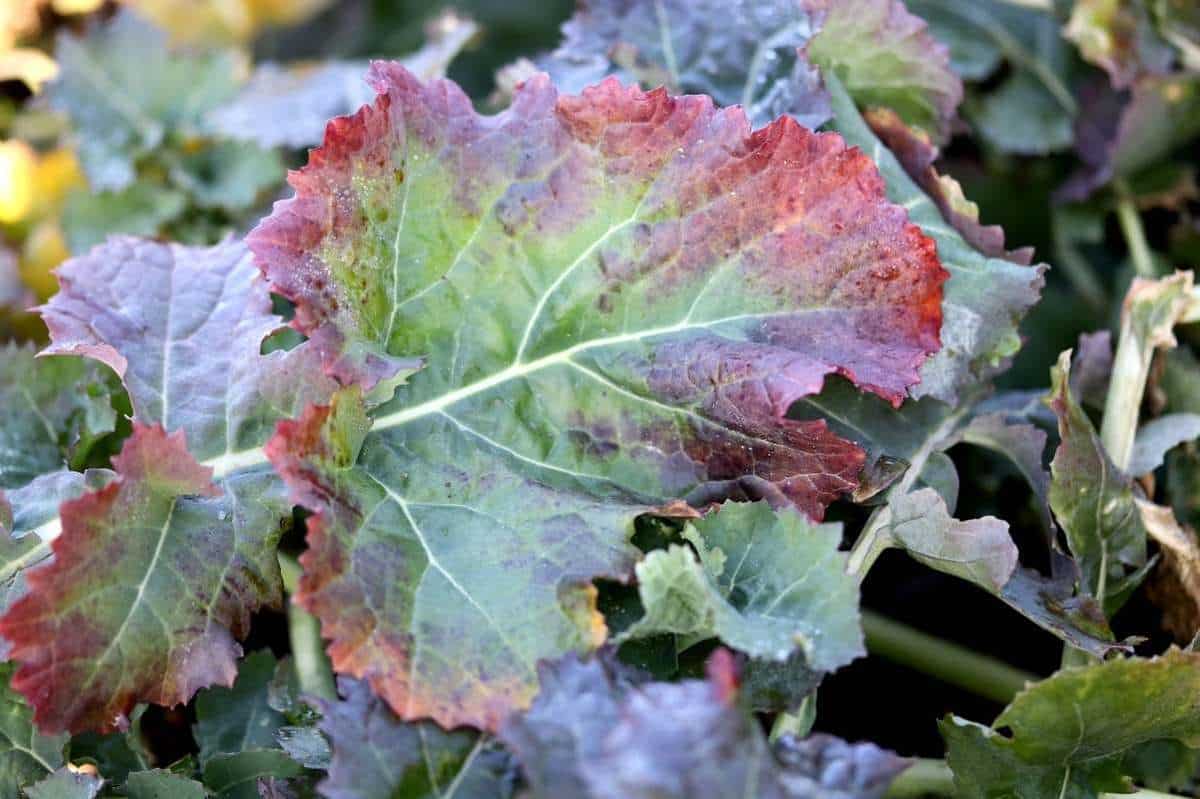
Plants who are growing in phosphorus deficient soil might also have trouble reaching maturity. If you aren’t seeing many flowers, seeds, or fruits, get your soil tested!
Growfully Protip
Because phosphorus soil deficiency is hard to pick up on through plant signs, it’s a good idea to regularly test your soil. We recommend once every two to three years, plus whenever you are starting a new garden or you are having growth issues.
Soil testing for phosphorus deficiencies
We dive into soil testing a lot more in our soil health primer, but any good quality lab soil test will give you all the info you need to do proper phosphorous management. While there are at-home test kits, we’ve found them to be pretty unreliable for anything except testing pH.
Growfully Protip
Our favorite lab for soil testing is Waters Agricultural Laboratories. You can also check with your local county extension office—most have accounts with soil testing laboratories and can provide supplies and discounts (plus advice on reading your results).
How does soil pH impact phosphorus availability?
Having the right amount of phosphorus in your soil in one thing—making sure it’s available for your plants to actually use is another. Phosphorous is very reactive to other chemicals in the soil depending on the acid level of your soil—these chemical reactions “bind up” the phosphorous so it isn’t available for plant uptake. In alkaline soils (typically above the 7.3 pH mark), phosphorous binds with calcium. In acidic soils (below 5.5 pH), phosphorus binds with aluminum.
If you are worried your plants aren’t getting enough phosphorus, we first recommend you remedy the pH of your soil. Then once your soil is in a good range for the pH, you can begin to address your phosphorous levels.
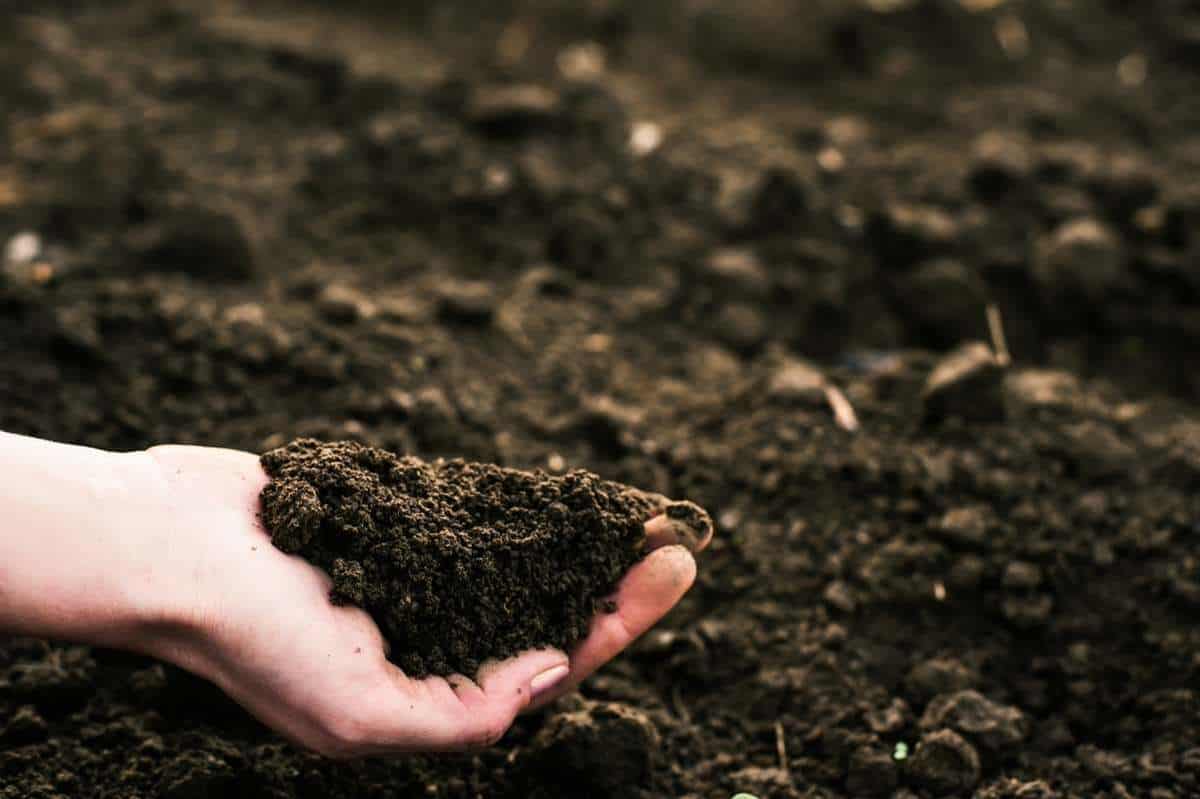
How do you know if your soil has too much phosphorus?
Excess phosphorus is not only bad for your plants, but it can also harm the environment—especially when using synthetic sources of phosphorus. Oversaturation of phosphorus (either synthetic or organic) can hinder the growth of beneficial soil organisms such as mycorrhizal fungi. Without these beneficial organisms, plants must put more energy into root growth at the expense of production of aerial stems, stalks, leaves, flowers, and fruits.
From an environmental standpoint, like all fertilizers, phosphorus can runoff into nearby water systems. Phosphorous is not as soluble as other nutrients (except in very acidic soils), but it still can move with soil particles in runoff water, which can cause algal blooms.
Because it can be hard to spot a phosphorus surplus or deficiency, we recommend getting a quality soil test before you add phosphorus to your soil. This is the key to good phosphorus management.
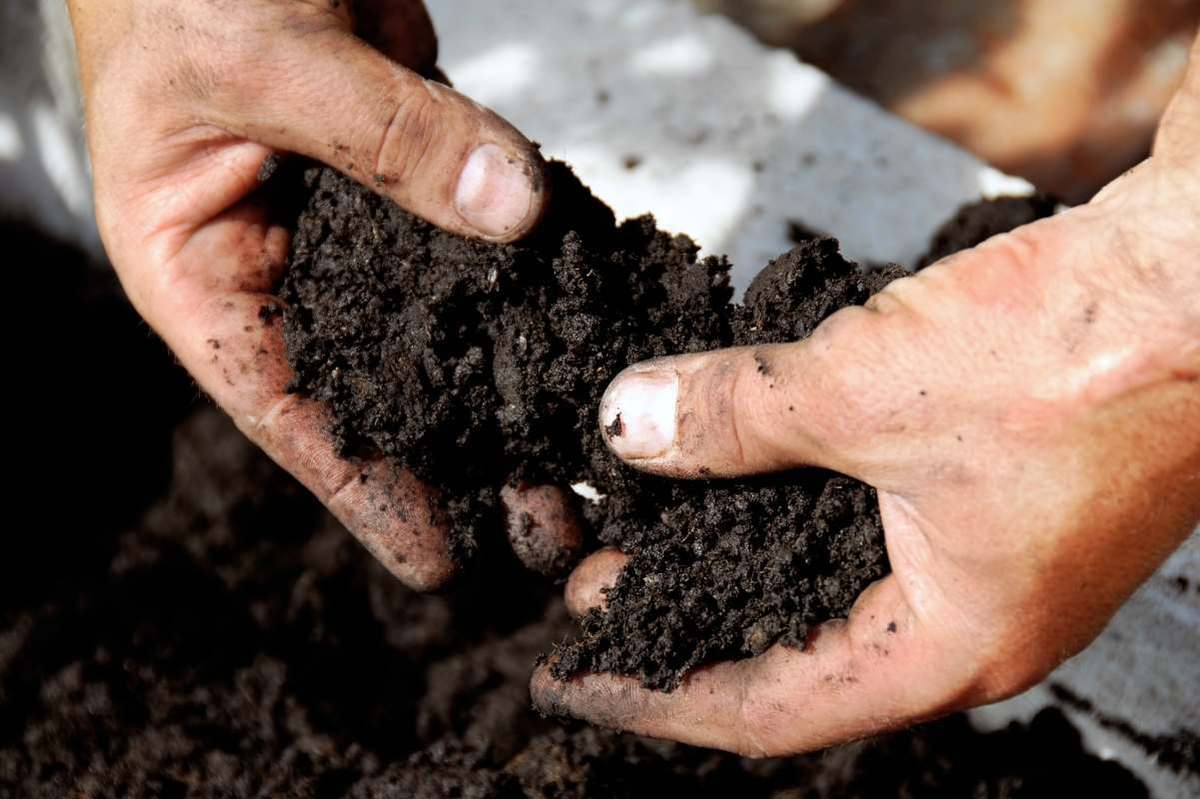
When should I add phosphorus to my garden?
Phosphorus is available relatively quickly—within 2-14 days typically—once added to the soil, so we recommend holding off adding it until you are ready to plant. For most folks, this will be when the soil can be worked in early spring.
Growfully Protip
You can add phosphorus to the soil during fall, but just know that the amount available will diminish over the fall and winter due to chemical reactions, soil erosion, and leaching. There is no real benefit to adding it in the fall.
Which number is phosphorus in a fertilizer?
Most fertilizers are labeled with 3 numbers called the NPK ratio, or the nitrogen (N), phosphorus (P), and potassium (K) concentrations. So to find the phosphorus content, you need to look at the second number of the label. A fertilizer labeled 6-2-2 would have 6% nitrogen, 2% phosphorus, and 2% potassium, for example.

What is the fastest way to add phosphorus to soil?
If your plant is in desperate need of a phosphorus boost, start with a regular schedule of foliar kelp fertilizer. At the same time, add a rapid release phosphorous fertilizer to the soil, like bone meal or fish meal.
What fertilizer is high in phosphorus?
As we talked about before, what’s more important than the level of organic phosphorus in your soil is the level of available P to your plants. So while certain phosphorus fertilizers (like rock phosphate) are incredible high in phosphorus—20-30%—that doesn’t mean all of that is available at once (in fact, it’s around 3% at a time for rock phosphate). Here’s our favorite organic forms of phosphorus:
- Rich composted manure. While organic compost is always a great, gentle way to help balance the nutrients in your soil, it is rarely a great source of phosphorous—with one notable exception. Composted manure (or compost made with manure) tends to be higher in phosphorus. Compost also helps condition and neutralize your soil, which increased phosphorous availability.
- Bone meal releases into the soil relatively quickly, and has a whopping 15% phosphorus concentration. It also gives your soil a small boost of nitrogen.
- Fish meal has a substantial amount of both phosphorus and nitrogen, so it can be a great choice if your plants need a boost of both nutrients. It also releases rapidly.
- Rock phosphate is a slow release choice (especially in alkaline soils), and provides a steady rate of phosphorus over many years .
- Other rock and sand dusts (like granite dust, basalt, and greensand) can also provide phosphorous, as well as a balance of other macro and micronutrients.
- Kelp (AKA: seaweed) is typically used as a liquid foliar fertilizer, and it’s a great way to give a rapid boost of N-P-K to ailing plants. Because you are foliar feeding, the high levels of nutrients don’t last long-term, so it’s important to pair kelp fertilizing with other soil enrichment practices.
Growfully Protip
Want a printable chart of all the possible phosphorus amendments? We have you covered.
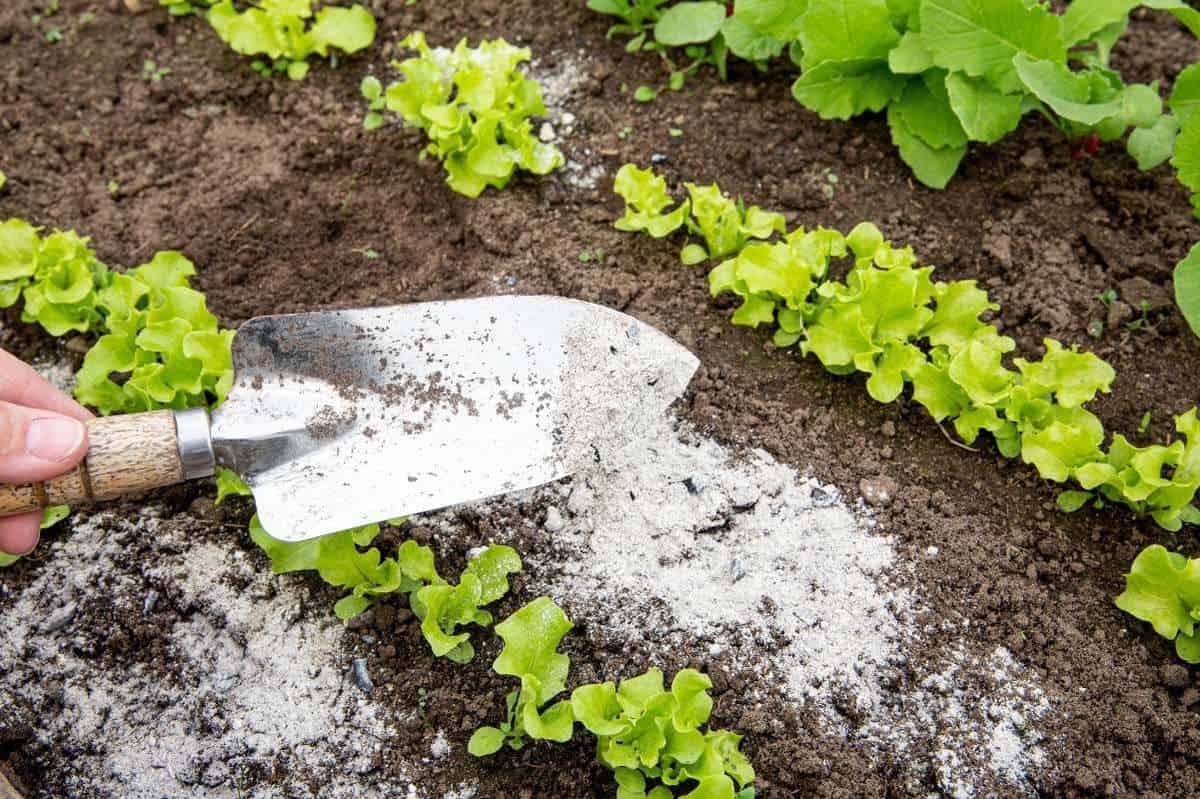
How do you add phosphorus to the soil?
No matter which phosphorus amendment you choose to use, your plants will get the most benefit from the added phosphorus when you mix the amendment well into the top layer of soil. Because phosphorus tends to bind to soil trace minerals and not spread—for the maximum benefit from your soil amendments, make sure you really mix them in to where you’ll be planting.
Growfully Protip
Some gardeners like to add a sprinkle of phosphorus fertilizer (like bonemeal) directly to a planting hole when transplanting.

